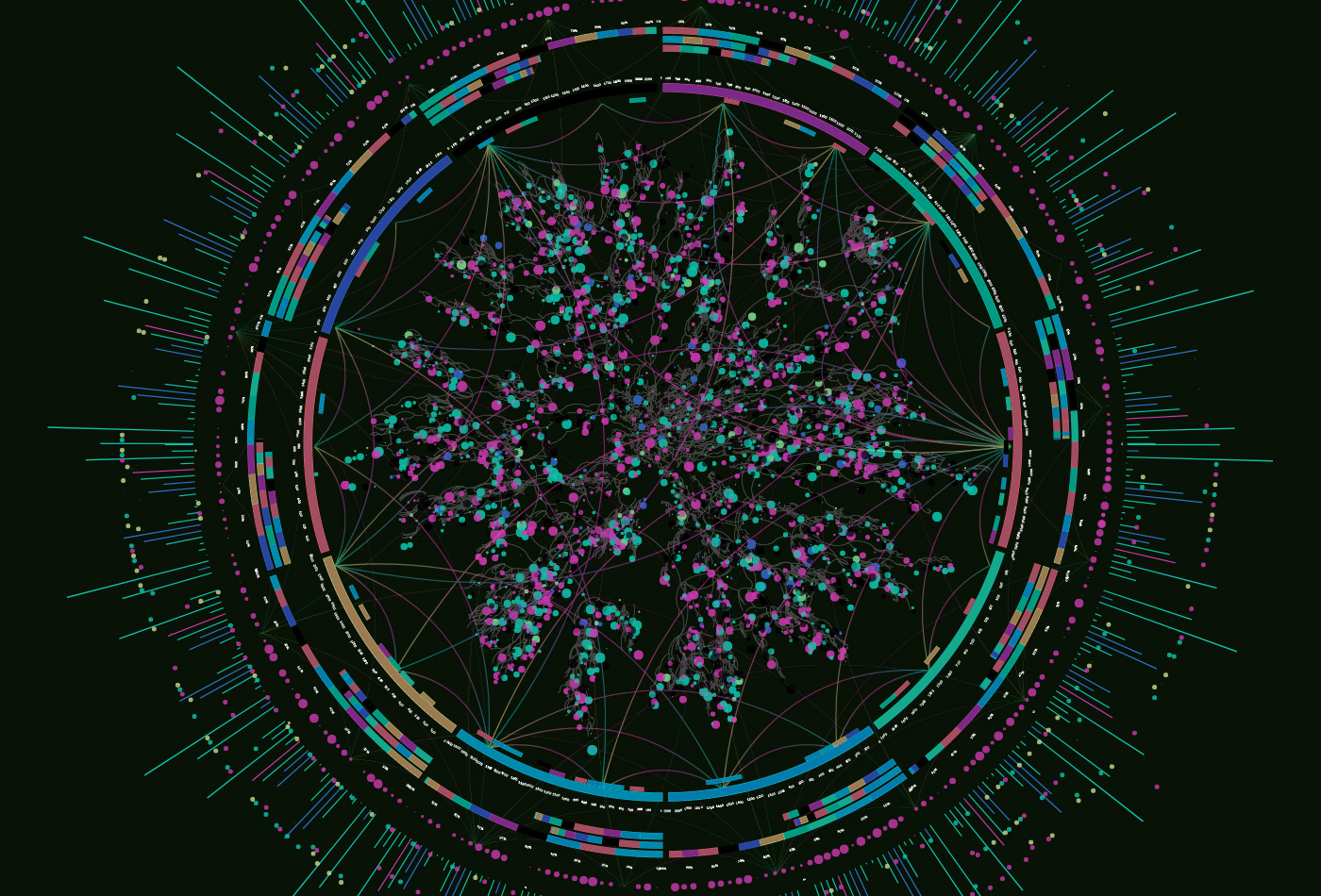Many organizations understand the importance of data in improving customer and employee experiences and making better business decisions. However, as data becomes more valuable, it also becomes more difficult to protect. With data scattered across various locations and threat actors constantly evolving their tactics, data protection is more critical than ever.
Despite the recognition of the importance of data protection, many organizations struggle with a lack of formal guidelines and advice in this area.
A data protection strategy is a set of measures and processes designed to safeguard an organization’s sensitive information from loss and corruption. The key focus areas of data protection strategies typically include data security, data availability, and access control.
Data protection goes beyond just data security by also emphasizing accessibility and availability. It includes measures such as authentication, data backup, data storage, and regulatory compliance to ensure data is protected throughout its lifecycle.
Key components of data protection strategies include data lifecycle management, data access management controls, data encryption, data risk management, data backup and recovery, data storage management, incident response, data protection policies and procedures, and standards and regulatory compliance.
Having a robust data protection strategy is essential for organizations to defend against data breaches, ensure compliance with regulations, and improve business operations. It can also help minimize the impact of cyberattacks by reducing downtime and financial losses.
Best practices for every data protection strategy include inventorying all available data, keeping stakeholders informed, conducting security awareness training, running regular risk assessments, maintaining strict documentation, and performing ongoing monitoring.
By implementing these best practices and key components, organizations can strengthen their data protection efforts and better safeguard their sensitive information.
Was this article helpful?
YesNo






















